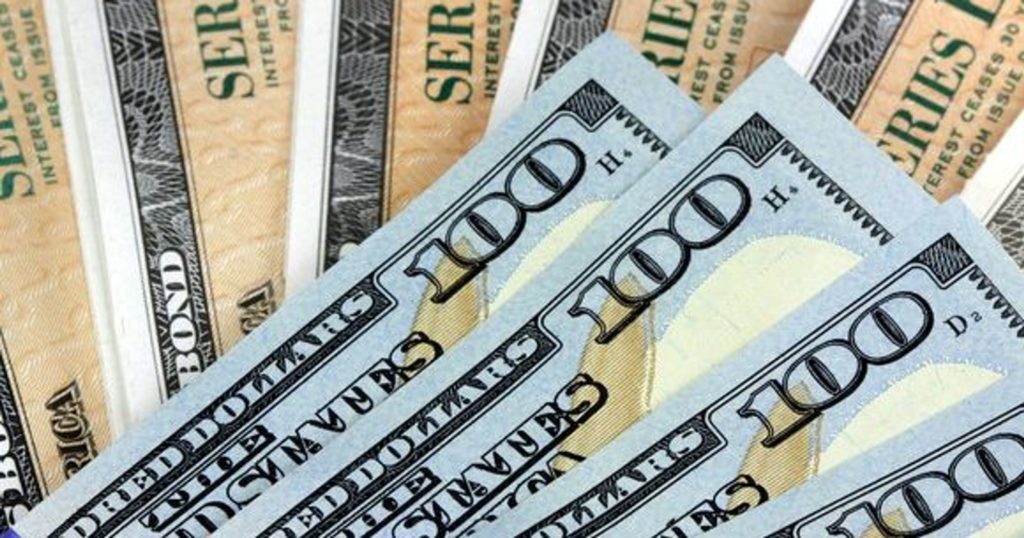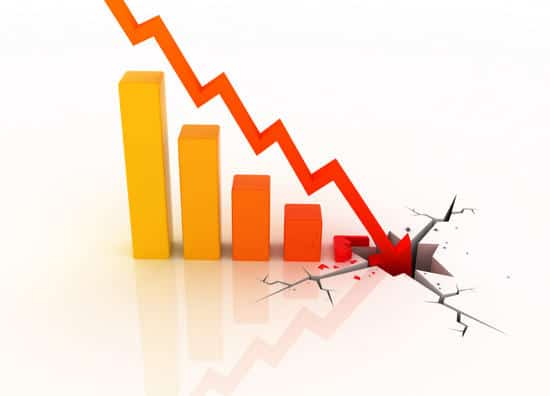
Chances are that if you invested at any point during the Great Recession, you’re sitting pretty right now, assuming you’ve held onto your positions. The U.S. economy is in the middle of its second-longest economic expansion in history, going back 161 years. And since the market bottomed out in March 2009, investors have witnessed all three major stock indexes at least quadruple in value at one point. It’s been a truly unique ride – and chances are it’s going to come to an end sooner rather than later.
To be perfectly clear, trying to predict when recessions will occur is pure guesswork. Top market analysts have called for pullbacks in the market, unsuccessfully, in pretty much every year since the Great Recession ended. But the economic cycle doesn’t lie: recessions are inevitable. And in my estimation, we’re probably closer to the next recession than you realize.
How can I be so certain? Well, I can’t. Remember, I just noted there’s virtually no certainty when it comes to predicting when recessions will occur. There are, however, six warning signs that suggest a recession could be, in relative terms, around the corner.
1. The unemployment rate will struggle to push lower
Since the unemployment rate peaked at 10 percent in October 2009, it’s been on a pretty steady decline. As of May 2018, it hit 3.8 percent, which tied the lowest unemployment rate recorded since April 2000 and would have been a 39-year low had it ticked one-tenth of a percent lower. A low unemployment rate is usually a sign that the U.S. economy is in good shape.
The issue is this: It’s incredibly difficult to improve upon an unemployment rate of 4 percent. People changing jobs makes it difficult to generate enough job growth to continually push the unemployment rate lower than 4 percent. What’s more, a smaller pool of unemployed workers could make it difficult for companies to filled skilled positions. If employers can’t fill positions, then their production capacity becomes constrained.
Additionally, an environment in which unemployment rates are low puts the ball into the workers’ courts. If businesses are required to parcel out higher wages to lure in new workers and retain existing talent, it could result in a significant increase to inflation, which would be bad. I’ll be covering inflation in more detail in an upcoming point.
2. The yield curve is flattening
Another growing concern is the flattening of the yield curve.
The yield curve is nothing more than a depiction of the interest rates paid by various maturities of U.S. Treasury bonds. Traditionally, we’d expect to see short-term bonds, such as 1- and 3-month notes, pay a considerably lower interest rate than long-term bonds, such as 10- and 30-year notes. A flattening of the yield curve happens when the gap between short-term and long-term rates shrinks. An inversion, whereby short-term rates are higher than long-term rates, has preceded each and every recession since the Great Depression.
Why’s this a big deal, you ask? The reason is that banks borrow at short-term lending rates and lend at longer-term rates. The greater the difference between the two, the more profitable it is for banks to lend money. However, when this gap shrinks, it becomes less enticing to lend. And when it inverts, banks have virtually no desire to lend money, leading to a halt in growth and a recession.
To be clear, the 10-year and 3-month notes aren’t inverted at the moment – these two specific maturity lengths are often good measures to examine when looking at the yield curve. However, the gap in yield between these two notes has been shrinking, and that could be a warning sign.
3. Inflation has begun picking up
Don’t overlook the fact that inflation – i.e., the rising price of an identical basket of goods and services – has begun to pick up since the beginning of the year. According to data from the Bureau of Labor Statistics, the Consumer Price Index for All Urban Consumers, less food and energy, hit 2.4 percent in July 2018. That’s its highest reading since September 2008.
As the price of goods and services rises, likely a result of a strong labor market and wage growth, it forces the Federal Reserve to get more aggressive with its monetary policy. And by monetary policy, I’m talking about its ability to influence interest rates via the federal funds target rate. If interest rates begin to climb rapidly, it could constrain lending and increase individual and/or corporate interest rates on variable-rate loans.
In short, while some inflation is good (the Fed typically targets 2 percent), too much can be bad news.
4. Home sales are beginning to decline in key markets
During the Great Recession, housing was a leading indicator of the trouble that lay ahead. It’s possible that we could be seeing similar warning signs (without insanely high mortgage default rates) this time around.
As noted by CNN Money earlier this month, home sales have declined in four of the past five months, despite the fact that home prices and wages are on the rise. This could signal that homeowners simply aren’t able to afford new homes or that they don’t see the market properly reflecting the price of homes in their respective areas.
More specifically, in June 2018, we witnessed an 11.8 percent year-over-year decline in new and existing home and condominium sales in California, according to CoreLogic. California’s housing market is often a leading indicator to the industry as a whole. Seeing sales dip by a double-digit percentage should be a warning that Wall Street and investors pay attention to.
5. Credit card debt and late payments are on the rise
Credit cards are a bit of a push-pull for the U.S. economy. Heavy usage suggests heightened purchasing activity, which is a good thing since U.S. GDP is largely consumer driven. Then again, delinquencies and significant credit card debt can come back to haunt the U.S. economy during recessions.
A report released by credit-reporting agency TransUnion as of February 2018 found that three key credit metrics were all heading higher.
The number of outstanding credit cards climbed from 364.2 million to 418.6 million between 2014 and 2017.
The average debt per cardholder increased from $5,329 in 2014 to $5,644 as of 2017.
The percentage of accounts that were 90 or more days delinquent had jumped from 1.48 percent in 2014 to 1.87 percent in 2017.
The issue here is that as interest rates rise, servicing this debt is going to become more difficult, likely resulting in higher delinquency rates. As we witnessed with the housing crisis in 2008–2009, rising delinquency rates can create a bad domino effect for the companies behind these loans.
6. The economic cycle suggests a contraction
Finally, while the stock market and the U.S. economy don’t adhere to averages, Wall Street and investors would be wise to pay attention to the current and historic economic expansion cycles.
As noted, we’re currently in the second-longest economic expansion of the past 161 years (109 months and counting). The only longer expansion was the 120 months leading up to the dot-com bubble. This would suggest that we’re more than likely closer to the latter stages of our current expansion, based on historical expansion length, than to the middle.
Though averages alone don’t provide enough concrete evidence that a recession is near, they are another piece of a growing puzzle that implies a recession is closer than you probably realize.
























